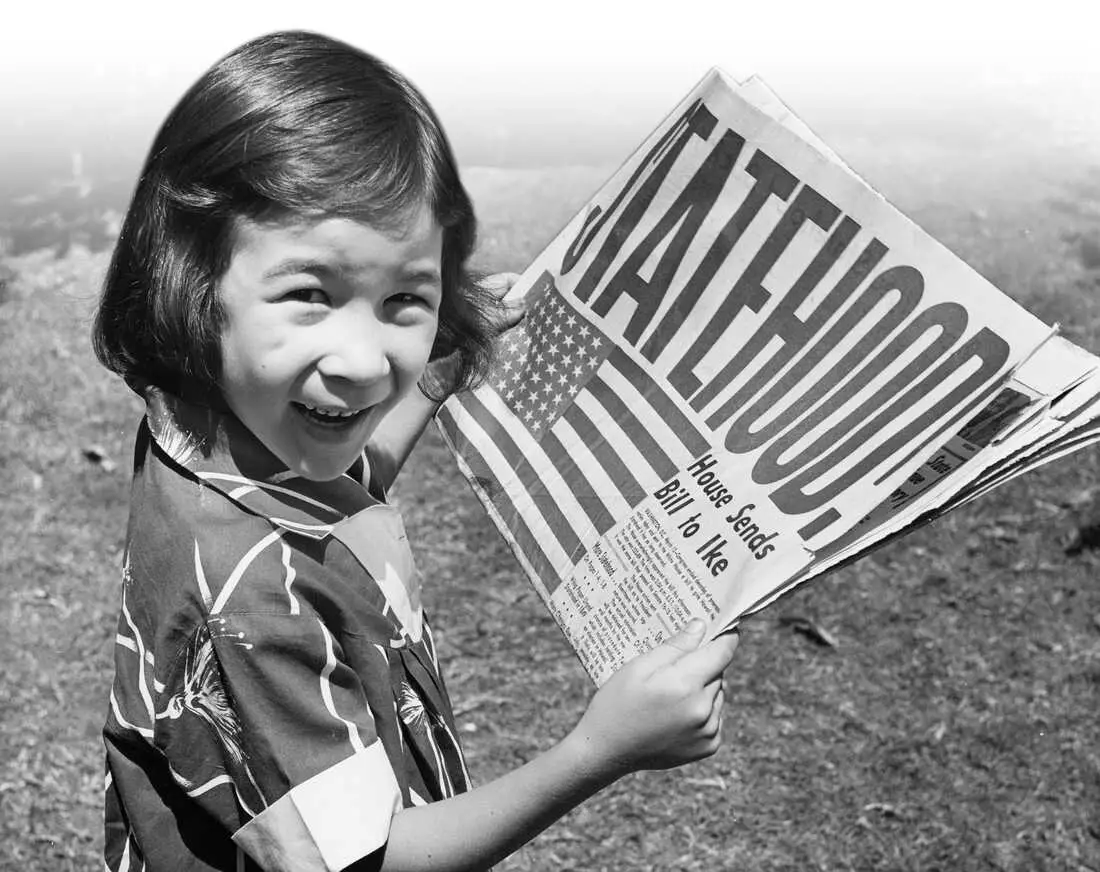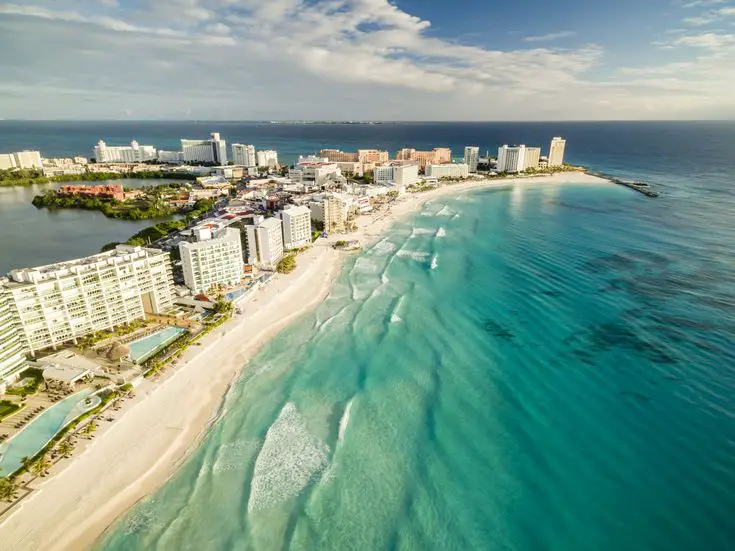Hawaii is a beautiful and diverse island chain in the Pacific Ocean, and it is now part of the United States. But how did Hawaii become part of the United States? In this blog post, we will be tracing the timeline of American incorporation of Hawaii, from its earliest days as an independent monarchy to its current status as a U.S. state. We will look at the history of the island, including the events that led to its eventual statehood, and explore the legal and political implications of the process.
The Annexation of Hawaii
The Annexation of Hawaii marked a significant turning point in the history of the United States and its relationship with the islands in the Pacific. This event, which took place in 1898, would eventually lead to Hawaii becoming the 50th state of the United States.
The annexation came about as a result of several factors. The economic interests of American businessmen in Hawaii played a significant role, as they sought to expand their influence and gain access to the thriving sugar industry. Additionally, there was a growing concern in the United States about the strategic importance of Hawaii as a naval base in the Pacific.
The annexation process began in 1893 when a group of American planters, supported by the U.S. Minister to Hawaii, orchestrated the overthrow of the Hawaiian monarchy. This action led to the establishment of a provisional government, which sought annexation to the United States.
After years of negotiations and political maneuvering, the United States officially annexed Hawaii in 1898 through a joint resolution passed by Congress. This resolution, known as the Newlands Resolution, recognized Hawaii as an incorporated territory of the United States.
The annexation of Hawaii sparked controversy and debate, both within Hawaii and across the United States. Some Native Hawaiians and activists opposed the annexation, seeing it as a violation of their sovereignty and a continuation of the colonial legacy. However, others supported the annexation, hoping that it would bring economic prosperity and political stability to the islands.
The Annexation of Hawaii laid the groundwork for the subsequent steps towards statehood. The territory of Hawaii would continue to evolve over the next few decades, ultimately leading to its admission as the 50th state in 1959.
The Territory of Hawaii
After the annexation of Hawaii in 1898, the islands officially became the Territory of Hawaii. Under this designation, the United States had direct control over the islands and implemented various changes to the political and economic landscape.
One of the major developments during this time was the establishment of a territorial government. The Organic Act of 1900 created a governor and legislature, providing the residents of Hawaii with a degree of self-governance. However, the territorial governor was still appointed by the President of the United States, and the territorial legislature had limited authority.
During the early years of the Territory of Hawaii, the islands experienced significant growth and transformation. The sugar industry, which had been the main driver of the Hawaiian economy, continued to flourish, leading to increased immigration of laborers from Asia. This influx of people from different backgrounds created a diverse and multicultural society.
While some aspects of life in Hawaii remained unchanged, the territory also saw an increasing American influence. The English language became more prevalent, and American laws and customs were adopted. The construction of military installations, such as Pearl Harbor, also brought an influx of military personnel to the islands.
Overall, the years under the status of a territory laid the foundation for Hawaii’s future as a state. The political and economic changes during this time paved the way for a greater level of self-determination and eventually led to the pursuit of statehood.
World War II and Hawaiian Statehood
During World War II, Hawaii played a crucial role as a strategic military base for the United States. The attack on Pearl Harbor in 1941, which led to the United States’ entry into the war, brought the spotlight onto the Hawaiian Islands. The attack also reignited discussions about the statehood of Hawaii.
Following the attack, there was a significant increase in military presence and construction in Hawaii. The islands became a key staging area for military operations in the Pacific theater, and thousands of military personnel were stationed there. This increased presence further strengthened the ties between Hawaii and the rest of the United States.
The war also had a significant impact on the local population of Hawaii. Japanese-Americans, who made up a significant portion of the population, faced discrimination and were subjected to internment camps during the war. However, the contributions of the Japanese-Americans and other locals in supporting the war effort helped dispel many prejudices and further emphasized the unity between Hawaii and the United States.
The war’s impact on Hawaii, both in terms of military significance and the contributions of its people, played a vital role in the eventual granting of statehood. The strategic importance of the islands and the sacrifices made by its residents during the war helped sway public opinion and garner support for Hawaii’s statehood movement.
In 1959, Hawaii became the 50th state of the United States, marking the end of a long journey from its annexation in 1898. World War II was a pivotal moment in this journey, shaping the relationship between Hawaii and the United States and paving the way for its eventual statehood.
Opposition to Statehood
While Hawaii’s path to statehood seemed like a natural progression for the islands, not everyone supported the idea. One of the primary opponents of statehood was the native Hawaiian population. Many Native Hawaiians believed that statehood would further marginalize their already dwindling culture and sovereignty.
Native Hawaiians feared that with statehood, their land would be further taken over by non-native residents and that their traditional way of life would be eroded. They argued that the United States had already illegally overthrown the Hawaiian monarchy in 1893 and that statehood would only solidify the unjust actions of the past.
Additionally, some mainland Americans opposed Hawaii’s statehood due to its non-white majority population. Racial prejudices played a significant role in the resistance to granting statehood to Hawaii, as some believed that the islands were not culturally compatible with the rest of the United States.
Moreover, concerns about the economic impact of statehood were also raised. Critics argued that Hawaii’s heavy reliance on the military and tourism industries made it economically vulnerable. They believed that becoming a state would only exacerbate these vulnerabilities and potentially burden the mainland with economic troubles.
Despite the opposition, Hawaii ultimately achieved statehood on August 21, 1959, and became the 50th state of the United States. While the concerns of those opposed to statehood were not entirely unfounded, the decision was ultimately made in favor of Hawaii’s integration into the United States. Today, Hawaii’s statehood remains a topic of ongoing debate and reflection.
Hawaii Becomes the 50th State
After years of struggle and opposition, Hawaii finally achieved its long-awaited goal of statehood on August 21, 1959. The path to becoming the 50th state of the United States was a tumultuous one, marked by political maneuvering, cultural clashes, and the complex history of the islands’ annexation.
The road to statehood began in 1898 when the United States formally annexed Hawaii. However, it took over six decades for the islands to be recognized as an equal member of the Union. During this time, Hawaii went through various stages of governance, first as a territory and then as a vital military outpost during World War II.
It was the impact of World War II that played a significant role in pushing for Hawaiian statehood. The strategic importance of the islands during the war highlighted the necessity of granting full statehood to ensure their defense and protection. Additionally, the strong presence of the military community in Hawaii bolstered support for statehood among Americans.
Despite the widespread support, there was still opposition to Hawaiian statehood, mainly driven by concerns over the islands’ cultural and racial diversity. Some feared that granting statehood would undermine the dominance of mainland America and dilute the country’s identity. Nevertheless, these concerns were ultimately overcome.
On August 21, 1959, President Dwight D. Eisenhower signed the bill into law, officially declaring Hawaii as the 50th state of the United States. This historic event marked the culmination of a long and complex journey, making Hawaii an integral part of the American nation. Today, as a state with a unique blend of cultures and a thriving tourism industry, Hawaii continues to play a crucial role in both American history and identity.



